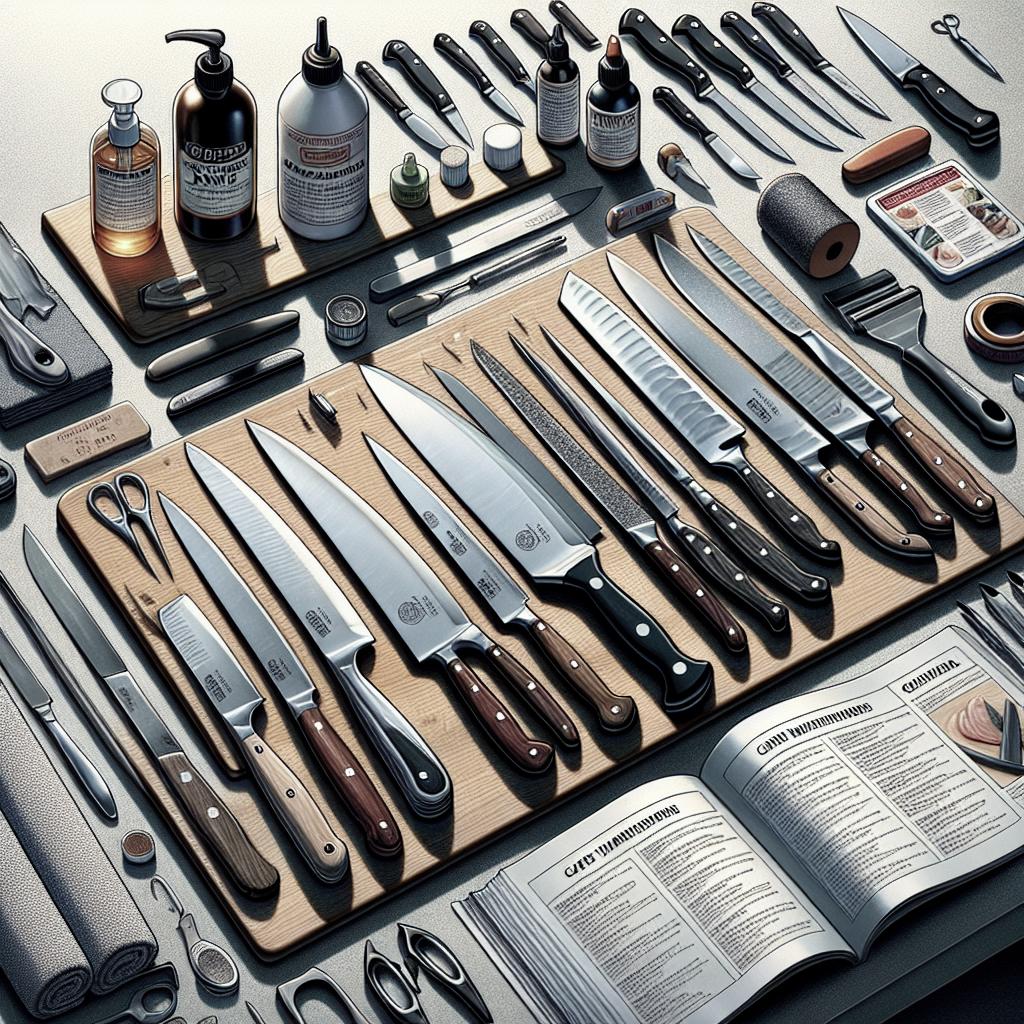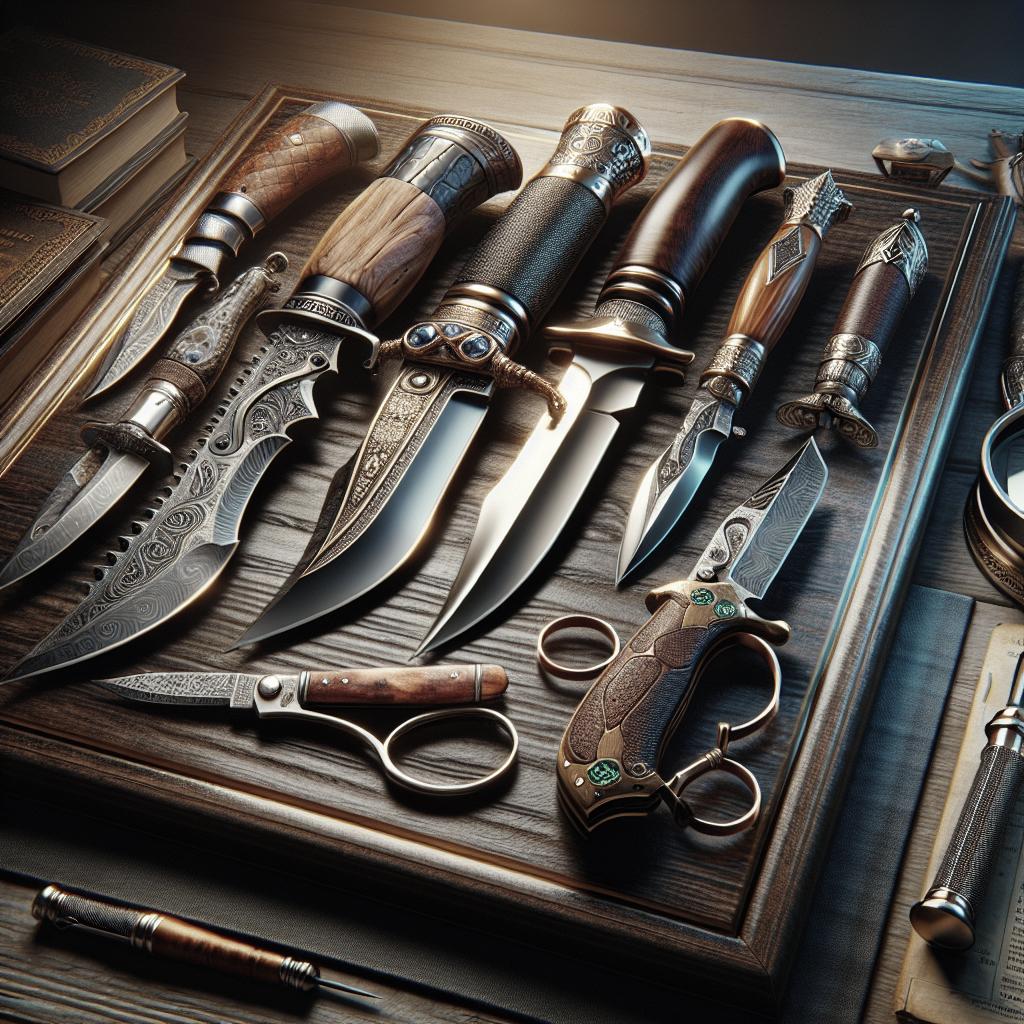Knife Maintenance and Care Tips
Caring for your knives is essential not only for the longevity of your tools but also for ensuring safety and precision in your culinary tasks. This comprehensive guide will explore the critical aspects of knife maintenance, offering practical insights into regular sharpening, the proper use of Japanese knives, and effective cleaning and storage strategies. We will delve into the nuanced world of knives, focusing on techniques that can help maintain their edge, prolong their life, and enhance performance. Whether you’re a seasoned chef or a home cook, these tips will equip you to keep your knives in optimal condition, ultimately enhancing your culinary experience. Let’s cut straight to the chase and discover the best practices for knife care.
Regular Sharpening
One of the most important aspects of knife maintenance is regular sharpening. A dull knife is not only inefficient but also dangerous, as it requires more force to use and increases the likelihood of slippage. Implementing a regular sharpening schedule ensures that your knives maintain their edge and perform at their best. Generally, honing your knives with a sharpening steel or a honing rod should occur every few uses, as it helps realign the blade’s edge without removing any substantial amount of material.
In addition to regular honing, more in-depth sharpening sessions using a whetstone or an electric sharpener are necessary to maintain the blade’s edge. This process can be done every few months, depending on the frequency of use. When using a whetstone, start with the coarser grit to remove nicks and sharpen the blade, and finish with a finer grit to polish it to a razor-sharp edge. Always follow the manufacturer’s guidelines if using an electric sharpener to avoid damaging the blade.
Knowing and understanding the angle of the knife’s edge is crucial for effective sharpening. Most Western-style knives have a 20-degree edge angle, while Japanese knives vary between 15 to 17 degrees. Maintaining the correct angle throughout the sharpening process ensures maximized sharpness and edge retention. Investing in a sharpening guide or jig can help maintain the right angle and ensure consistent results.
Proper Use of Japanese Knives
Japanese knives are renowned for their exceptional craftsmanship, precision, and sharpness. However, their unique design and delicate structure require specific handling to preserve their integrity. One of the primary differences when it comes to using Japanese knives is avoiding hard or dense materials like bones, frozen foods, or anything that could chip their thin and sharp blades. These knives are crafted for precision slicing and should be reserved for fruits, vegetables, and boneless meats to ensure a longer lifespan.
The cutting technique is also crucial when using Japanese knives. Employing a push-cutting or slicing motion rather than a chopping motion will protect the blade’s fine edge. The rocking technique, often used with Western knives, can damage the blade and should be avoided with Japanese styles. Additionally, using a wooden or bamboo cutting board is recommended to prevent unnecessary wear on the knife’s edge.
It’s also essential to be mindful of the grip and balance of a Japanese knife, as their lighter weight and balance differ from their Western counterparts. Holding the knife with a pinch grip, where the thumb and forefinger clutch the blade’s top while the rest of the hand grips the handle, allows for better control and precision. Regular practice with these knives will enhance skill and comfort, resulting in more enjoyable and efficient culinary experiences.
Cleaning & Storage
Proper cleaning and storage are critical to maintaining your knives in peak condition. Knives should be cleaned immediately after use with warm water and a mild detergent, avoiding abrasive materials that can scratch the blade. Hand-drying them with a soft cloth as opposed to allowing them to air dry prevents rusting and corrosion, especially with high-carbon steel knives.
Storage is equally important, as improper storage can dull the blade or even cause accidents. Avoid storing knives in a drawer where they can clatter and move about. Instead, invest in a knife block, magnetic strip, or knife protector sheath. These options provide the dual benefits of safety and accessibility while ensuring that the blades remain in pristine condition.
For long-term storage, especially of high-value or specialized knives, consider the environment. Knives should be stored in a dry, temperature-controlled setting to prevent moisture buildup and potential damage. Occasionally, apply food-grade mineral oil on high-carbon blades to prevent rusting, particularly in humid climates. By incorporating these cleaning and storage habits, you ensure the longevity of your knives and maintain their exceptional performance.
Future Prospects
As you embark on maintaining and caring for your knives, implementing these strategies will undoubtedly enhance both their functionality and lifespan. By making regular sharpening routine, understanding the proper use of Japanese knives, and committing to meticulous cleaning and storage, your knives will continue to serve you well for years to come. With a little bit of effort and knowledge, you can protect your investment and enjoy the precision and satisfaction that comes from using well-maintained tools.
| Aspect | Key Tips |
|---|---|
| Regular Sharpening | Hone frequently; use whetstone or electric sharpener periodically; maintain correct edge angle. |
| Proper Use of Japanese Knives | Avoid hard materials; use slicing motion; practice safe grip techniques. |
| Cleaning & Storage | Clean immediately after use; store in knife block or magnetic strip; consider environmental conditions. |


